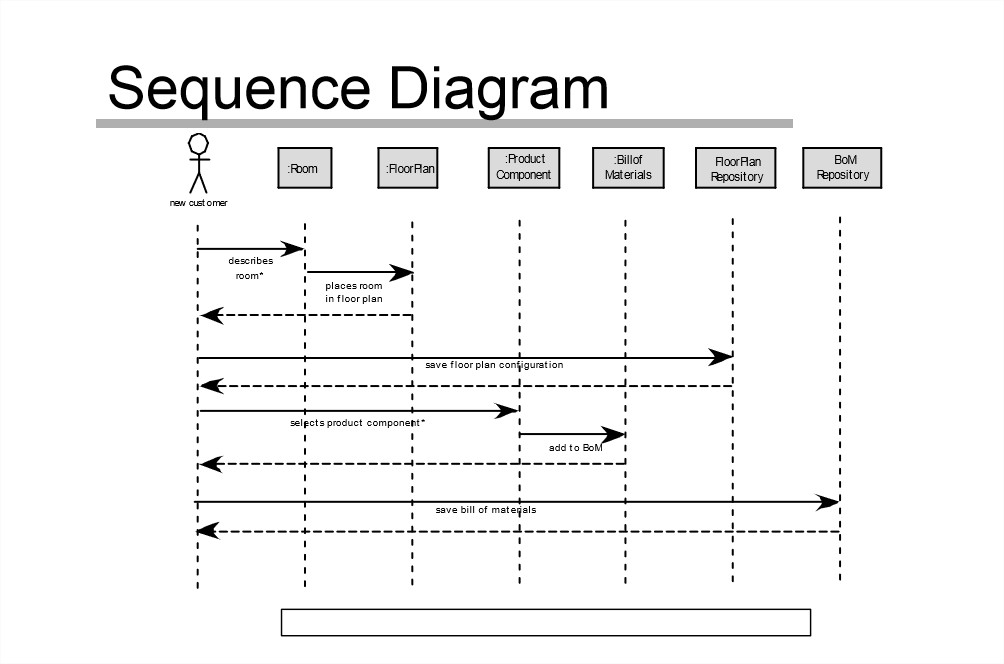

Remark: I'm not a big fan of visual programming. Separation of concerns: Different concerns would be addressed in different diagrams you could for example separate the use of Occupations by its clients and the way Occupations does its business: separate Manager, Client, Occupations, and Occupations, FusionAuth and Database in two diagrams You'd avoid nested alt, the inner one being in the second diagram and not necessarily relevant for the same audience.Diagrams per scenario: the main success scenario would be one diagram, and the different failure scenarios would be the others.You can find this advice at the end of almost every chapter of Booch, Jacobson and Rumbaugh's book The UML User guide.

The UML secret is to have more diagrams but smaller ones, each focusing on a single aspect. We fortunately have avoided the ugly: identical nested alt in several branches. If you use UML to communicate and to reason about a system, the diagrams should be easily understood: nesting would be a bad practice, since it adds a level of complexity. Sequence diagrams are popular interaction diagrams that help companies and individuals visualize how operations are performed. But if a same lifeline would drive decision, a flattened alt could a be a more readable way, trading the more complex nesting against more but simpler branches. Hundreds of diagram examples and templates. Well attached connectors (no separate apart when moving lifelines) Draw your own diagrams with your own shapes. Since different lifelines are driving independent alternatives ( FusionAuth the outer alt, Occupations the inner one), the nesting represents the behavioral logic appropriately. Here are some of the features of our Sequence Diagram editor: Drag-to-create lifeline and sequence messages. Exact same answer with Peter except 'paidBill () function' showing on the diagram. If you use UML for some kind of visual programming, where a comprehensive diagram should show all the details of a specific interaction, nested alt could be a good practice if there is no alternative. This is not really 'OR', because that would imply that you can pay both Waiter and Cashier at the same time ('OR' is one, the other, or both). It is difficult to give advice about good and bad practices without objective criteria, and these will depend on the purpose of the diagram:


 0 kommentar(er)
0 kommentar(er)
